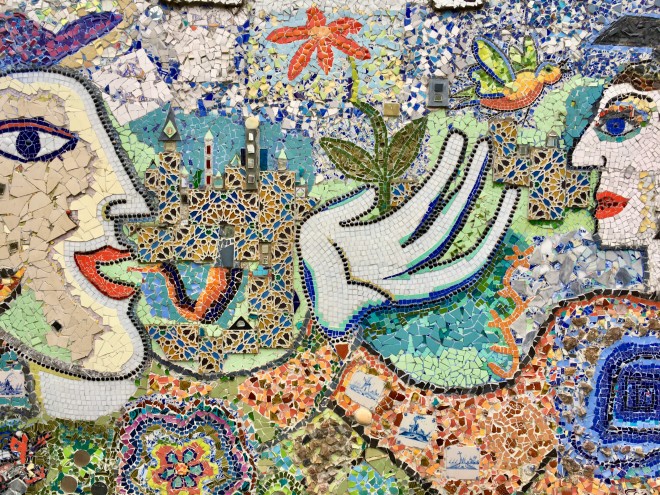It may be plausibly argued that the last half of the twentieth century and the beginning of the twenty-first have witnessed some of the most profound transformations in Jewish life since the destruction of the Second Temple and the inauguration of the Rabbinic period in the first centuries of the Common Era. From the Holocaust to the founding of the State of Israel to 1960s counterculture and its impact on Jewish renewal, the Jewish world has been teeming with both disputation and creativity.
Capturing this ferment between the covers of a book is the daunting challenge that editors Yehuda Kurtzer and Claire E. Sufrin undertake in The New Jewish Canon. Jewish life in this age, they assert, is a paradoxical blend of “settling down” and agitation. And while “Jewish life is incredibly diverse … it is also increasingly unstable.” Whether one can establish a canon in those circumstances is an open question, and the editors are their own best critics in this regard. In the introduction, they outline the difficulty of defining a canon. They also include an excerpt from a 2002 essay by historian Paula Hyman that questions the possibility of canon building in an age that, as Hyman wrote, has “challenged virtually all certainties and shaken all canons. No canon is fixed, and guardians of cultural transmission are required to make hard choices.”
The issue of canonicity aside, Kurtzer, President of the Shalom Hartman Institute of North America, and Sufrin, Assistant Director of the Crown Family Center for Jewish and Israel Studies at Northwestern University, have assembled an extensive and provocative anthology of writings that range across four major topics: “Jewish Politics and the Public Square,” “History Memory, and Narrative,” “Religion and Religiosity,” and “Identities and Communities.” In each section, brief excerpts from primary sources are complemented by essays by a variety of academics and laypersons that provide context and analysis. The authors of the excerpted materials include a host of well-known names (Heschel, Soloveitchik, Oz, Yerushalmi, Leibowitz, Hartman, Lipstadt, and Wiesel, to name just a few) and some less well known.
The New Jewish Canon addresses important but familiar issues: the debate over Israel as a center of Jewish life, the place of the Holocaust in contemporary thought, and the openness of the Jewish community to different sexual identities, to name the most prominent. There are also some distinct omissions, such as the flight from ultra-Orthodoxy, the growth of Hasidism, and the return of many secular Jews to some form of religious observance. One other quibble is that the excerpts from the texts denominated as canonical might have been a little longer and more extensively footnoted.
Nonetheless, this is a rich collection that provides a window into many of the key debates that have raged, and still rage, in the Jewish world. It raises many provocative questions about the nature of contemporary Judaism and its future.





